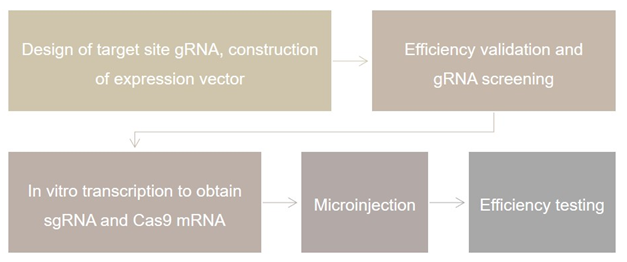The rabbit (Oryctolagus cuniculus) is one of the most commonly used experimental animals and is widely used in biomedical research because of its moderate size, short reproductive cycle, and ease of performing various surgeries.
The rabbit is sensitive to a high cholesterol diet and was the first animal model used to study atherosclerosis in humans. Because the composition of the cardiac sarcomeric protein is similar to that of humans, rabbits have also been used to study the pathogenesis of human myocardial disease.
Compared to other larger laboratory animals (pigs, dogs, non-human primates), rabbits are inexpensive and easy to breed into specific pathogen-free (SPF) and inbred rabbits. In addition, rabbits are evolutionarily closer to humans than rodents, and rabbits also have sufficient blood volume cover (100-150 mL/adult rabbit) to complete multiple biochemical analyses and repeated tests.
 Figure 1. A yellow rabbit that may be used to model disease.
Figure 1. A yellow rabbit that may be used to model disease.
Thanks to the newly developed DNA editing technology, Lifeasible can obtain knockout rabbit models in a short time without relying on ES cells to provide for biomedical research.
Myostatin (MSTN), a member of the transforming growth factor β (TGF-β) superfamily, negatively regulates muscle growth and development. It has been reported that natural mutations in the MSTN gene in domestic animals such as cattle and sheep lead to excessive muscle growth, and the growth of muscle tissue is characterized by a "double muscle" phenotype, which has also been found in MSTN knockout sheep, pigs, and dogs.

Lifeasible selects target loci based on the MSTN gene (which can be edited for specific target genes according to customer needs). Knockout vectors were constructed for the target sites and transfected into rabbit embryonic fibroblasts to determine the transfection efficiency and knockout efficiency of the knockout vectors. This is just one of our successful cases of MSTN knockout in rabbits using the CRISPR/Cas9 system, which has further enabled us to establish an efficient knockout platform for rabbits covering more target genes.
References